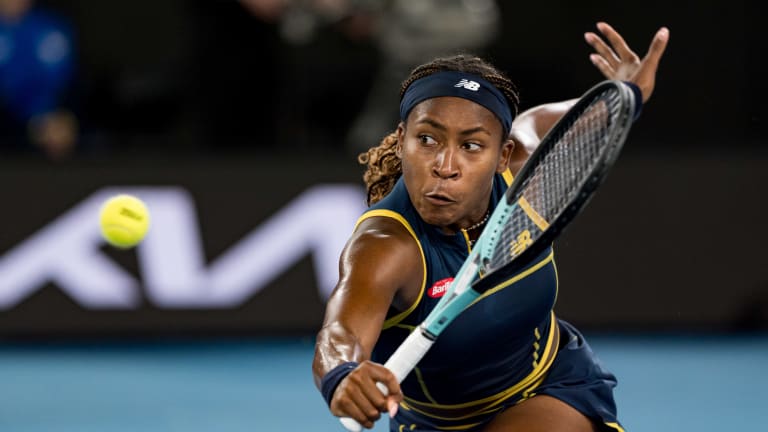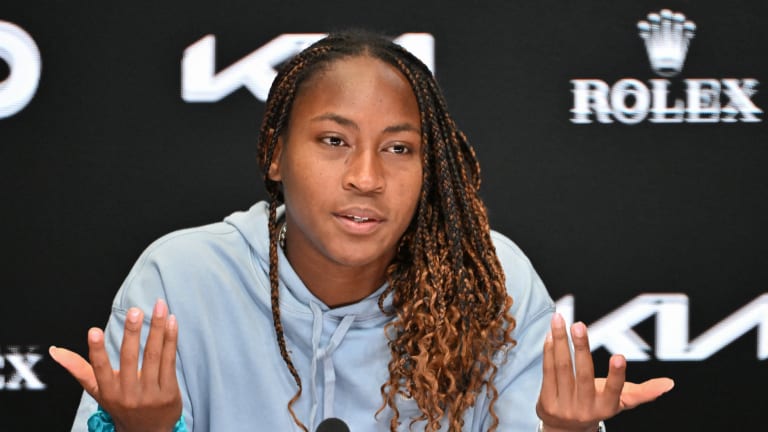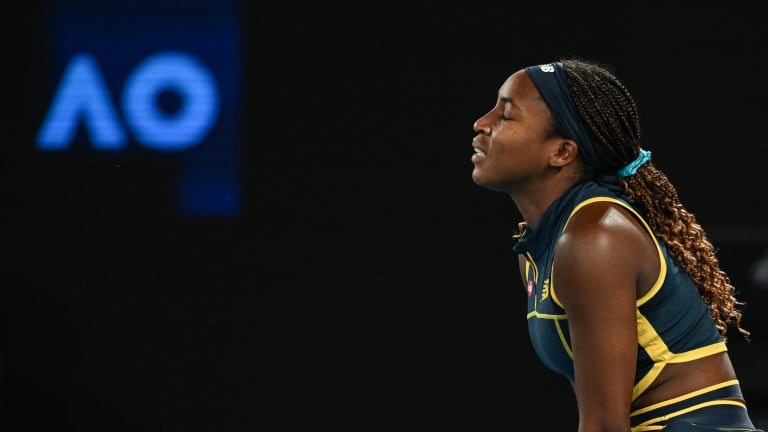Australian Open
Coco Gauff’s loss to Aryna Sabalenka was disappointing, but it was also a good gauge of where her game stands
By Jan 25, 2024Australian Open
Australia at Last: Reflections on a first trip to the AO
By Jan 29, 2025Australian Open
Alexander Zverev must elevate his game when it most counts—and keep it there
By Jan 27, 2025Australian Open
Jannik Sinner draws Novak Djokovic comparisons from Alexander Zverev after Australian Open final
By Jan 26, 2025Australian Open
Alexander Zverev left to say "I'm just not good enough" as Jannik Sinner retains Australian Open title
By Jan 26, 2025Australian Open
Jannik Sinner is now 3-0 in Grand Slam finals after winning second Australian Open title
By Jan 26, 2025Australian Open
Taylor Townsend and Katerina Siniakova win second women's doubles major together at the Australian Open
By Jan 26, 2025Australian Open
Madison Keys wins her first Grand Slam title at Australian Open by caring a little bit less
By Jan 25, 2025Australian Open
Henry Patten, Harri Heliovaara shrug off contentious first set to win Australian Open doubles title
By Jan 25, 2025Australian Open
Aryna Sabalenka takes a rare loss in Australian Open slugfest
By Jan 25, 2025Coco Gauff’s loss to Aryna Sabalenka was disappointing, but it was also a good gauge of where her game stands
She didn’t see her two-set Australian Open semifinal defeat as a step back. She’s right.
Published Jan 25, 2024
Advertising

Coco Gauff's tenacity turned a dire first set into an opportunity.
© © Andy Cheung / ArcK Images / Getty Images
Advertising

“You know, US Open I felt like wasn’t a great match for me,” Gauff said after last night's Australian Open loss to Sabalenka. “Yes, I won. I think I played better tonight.”
© AFP or licensors
Advertising

Gauff's Australian Open ended on a down note, but you can still come away from the tournament impressed with her performance.
© AFP or licensors